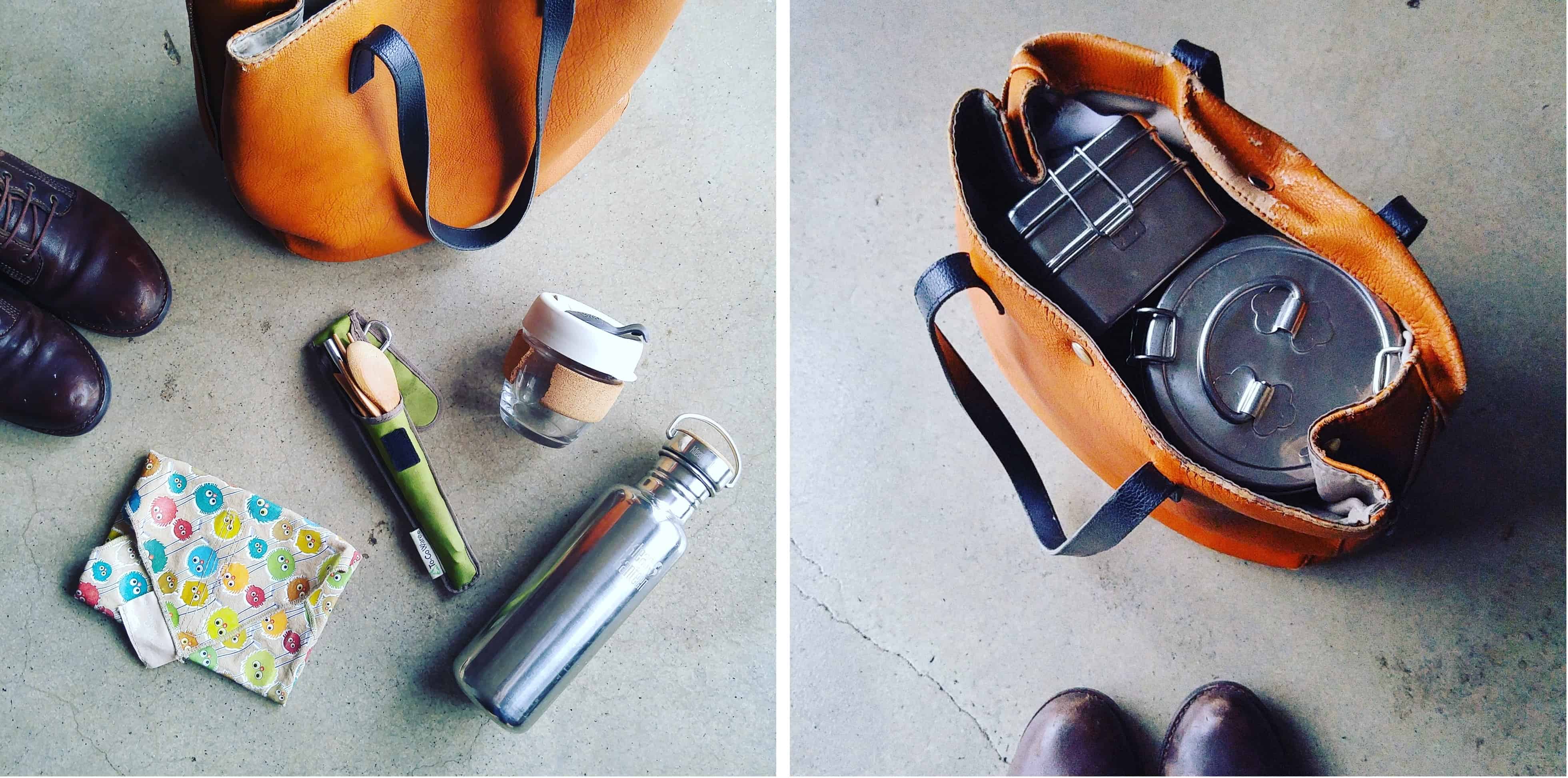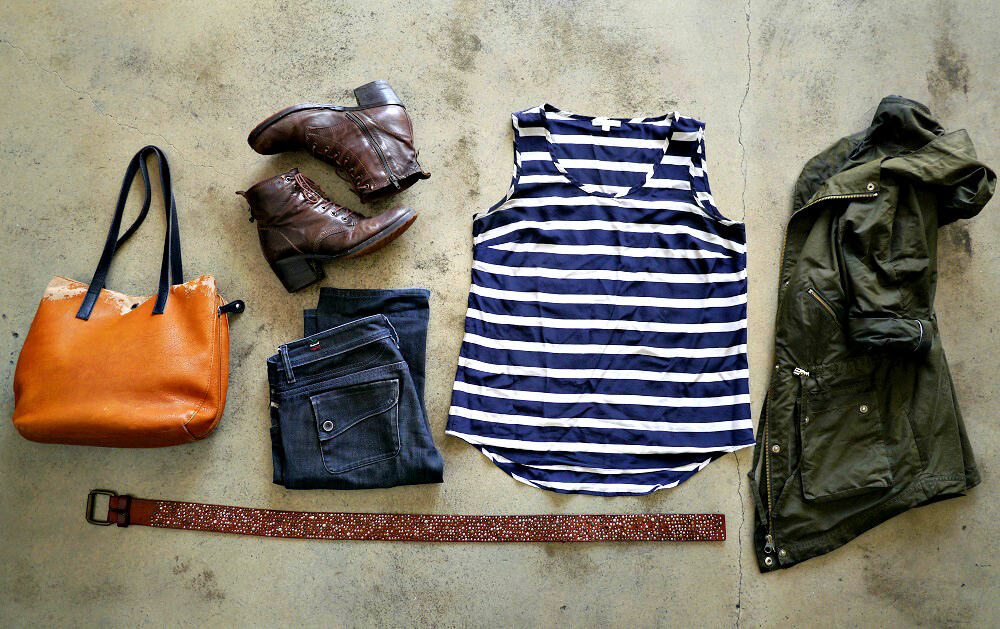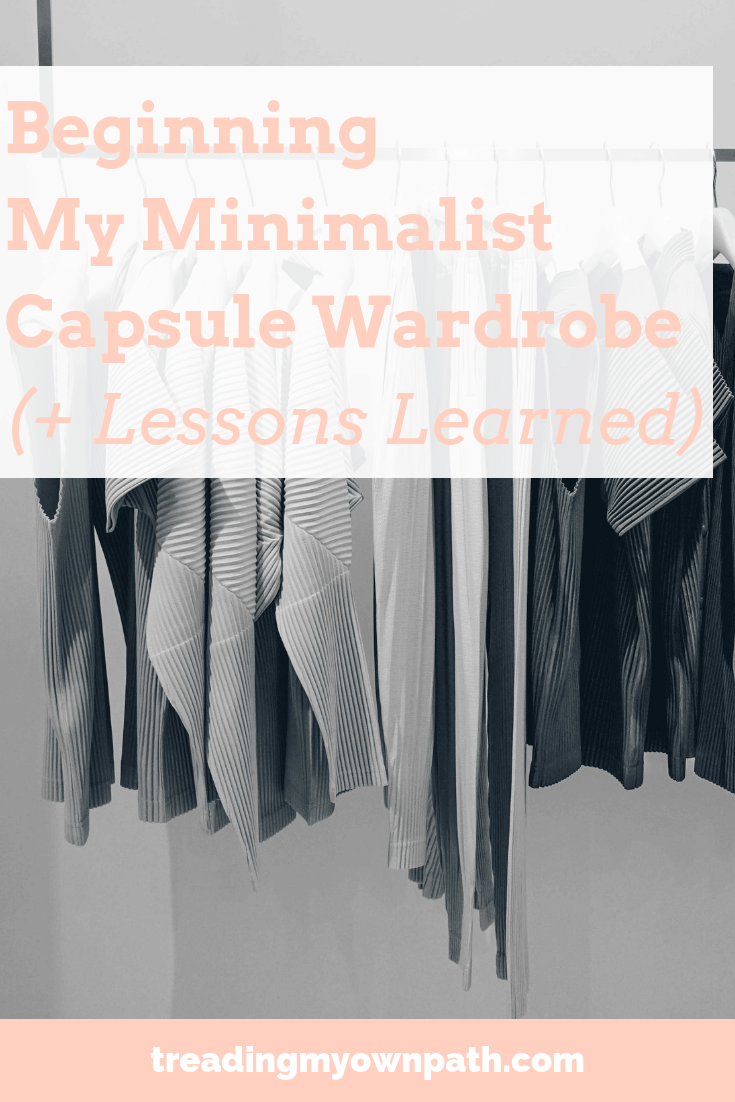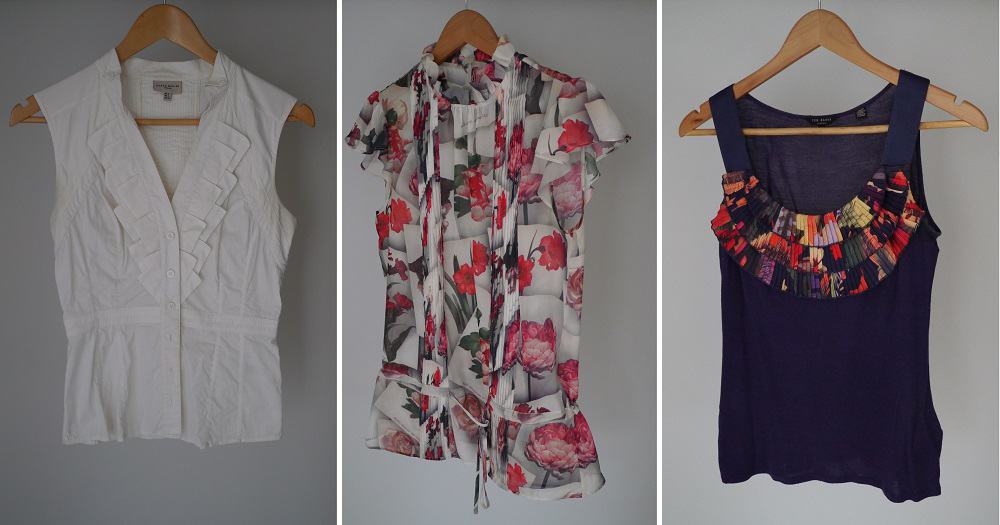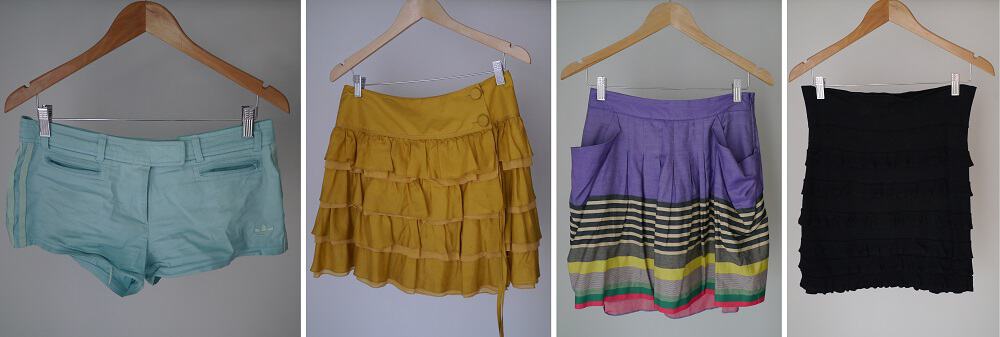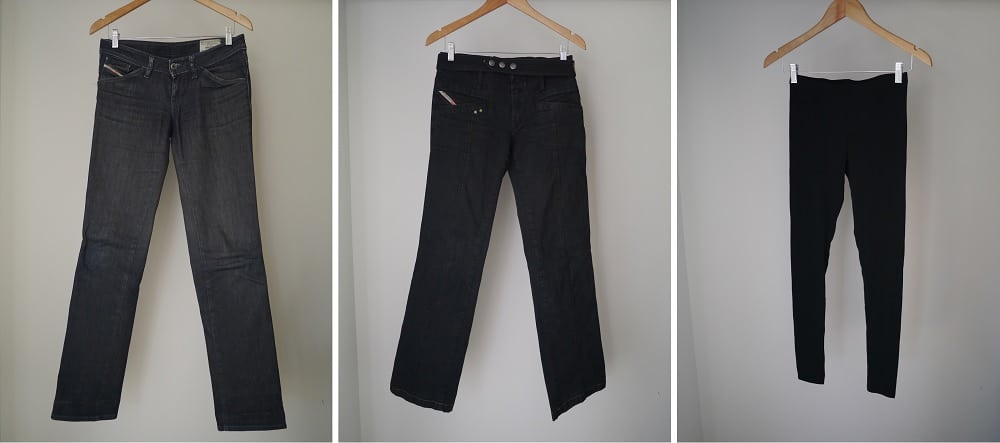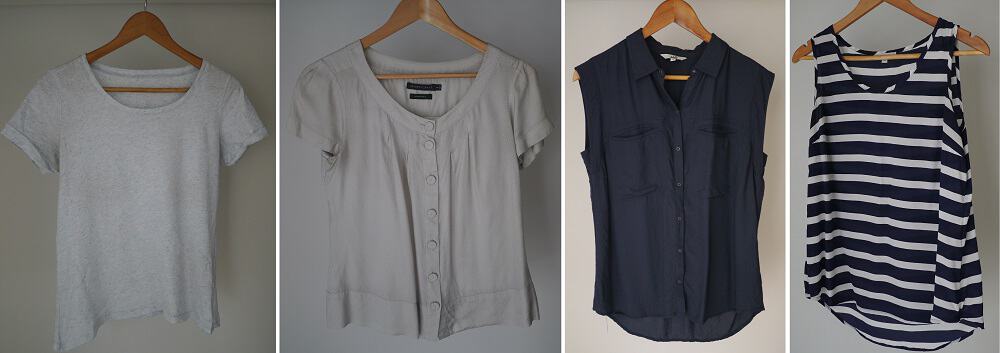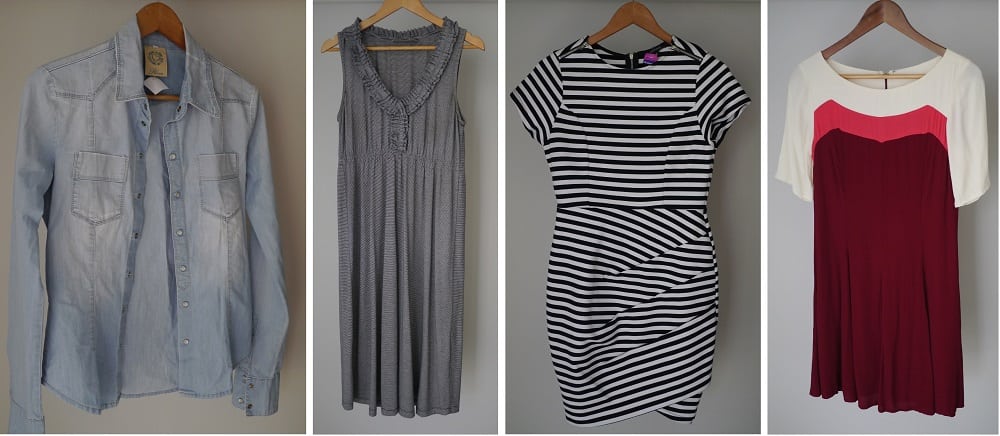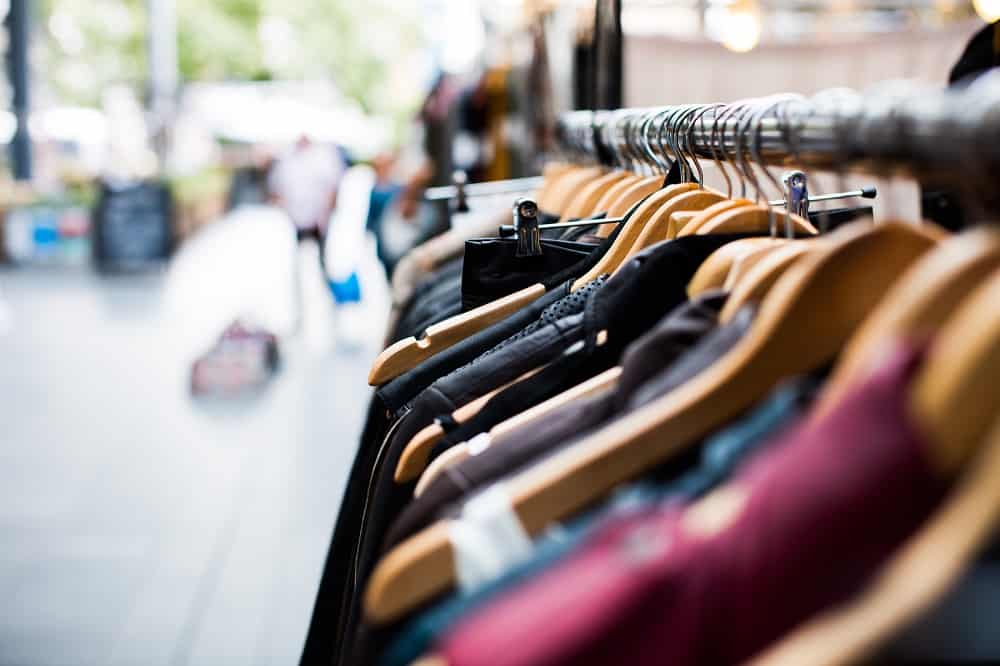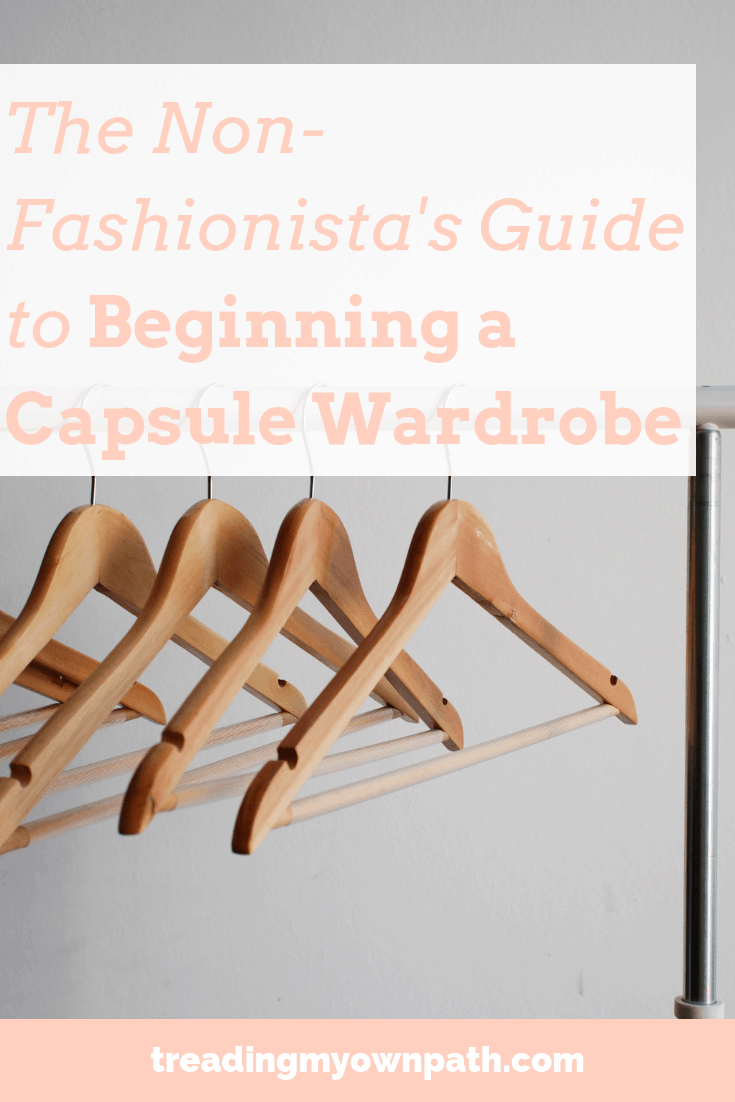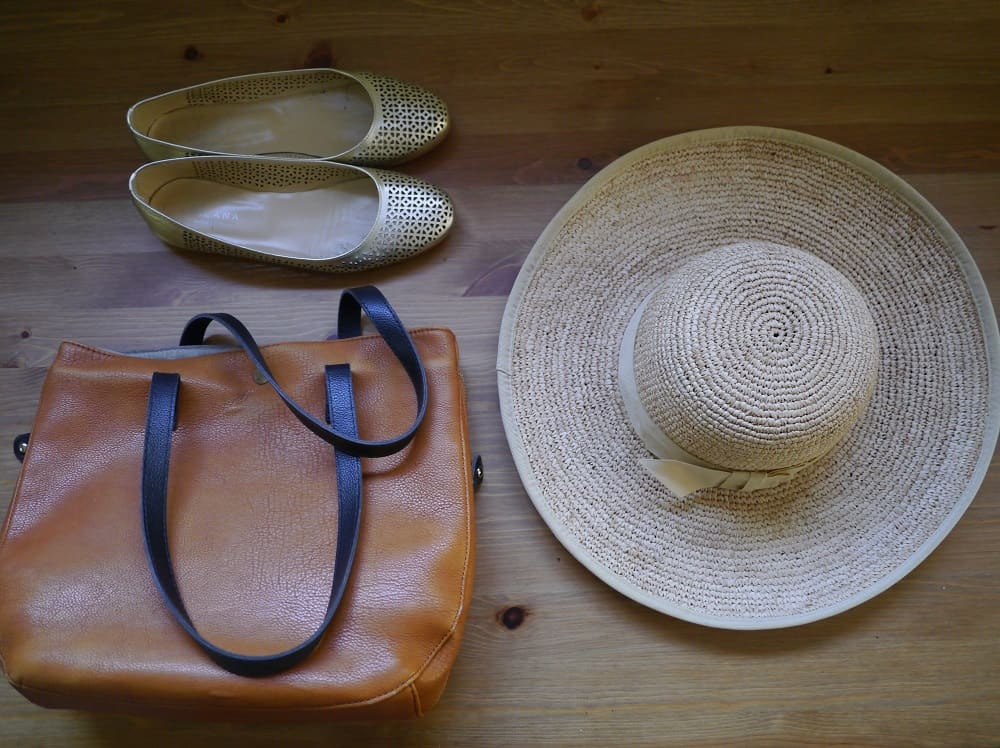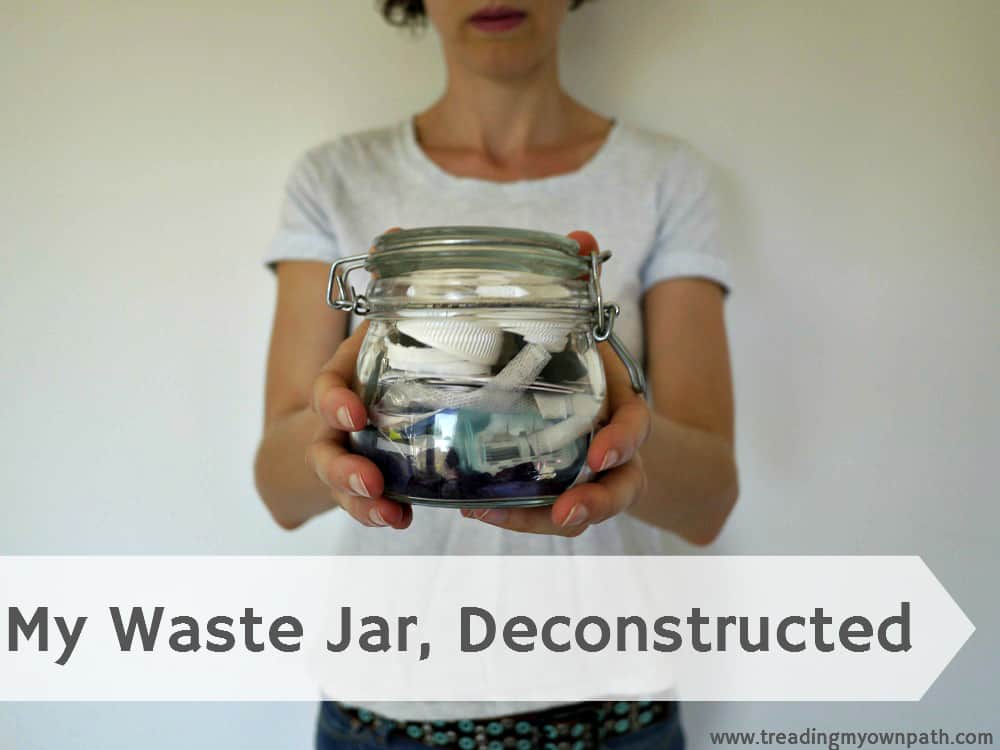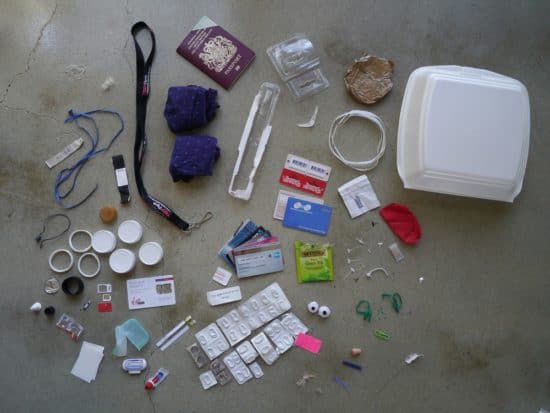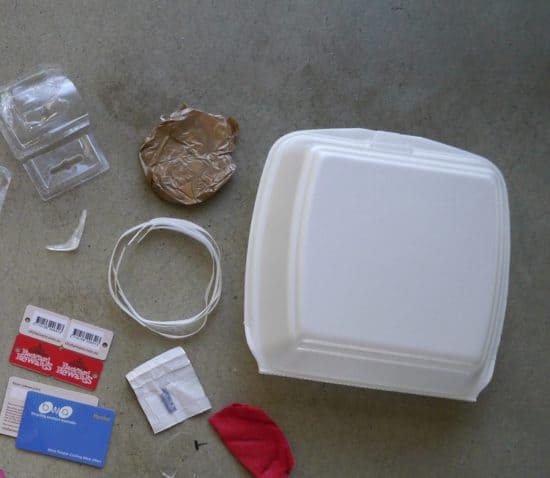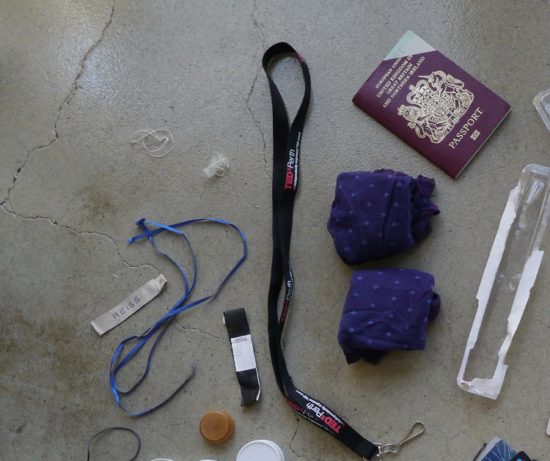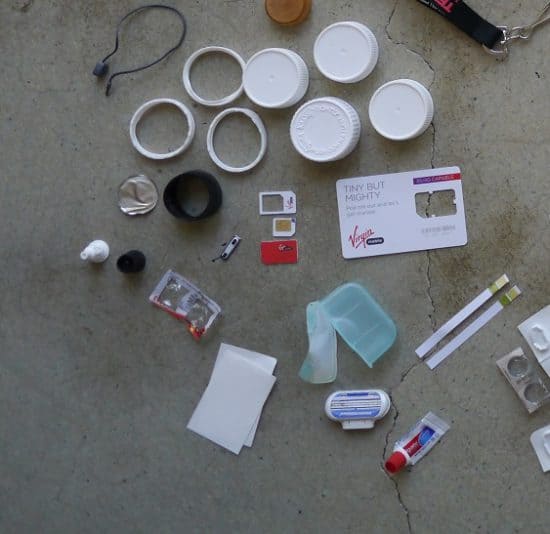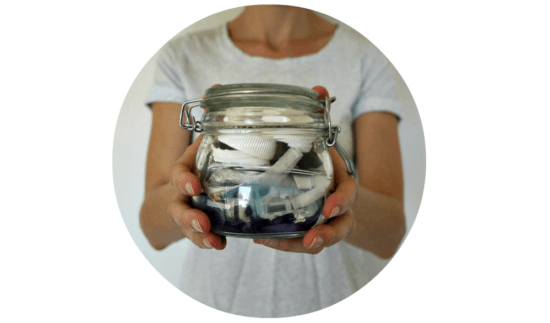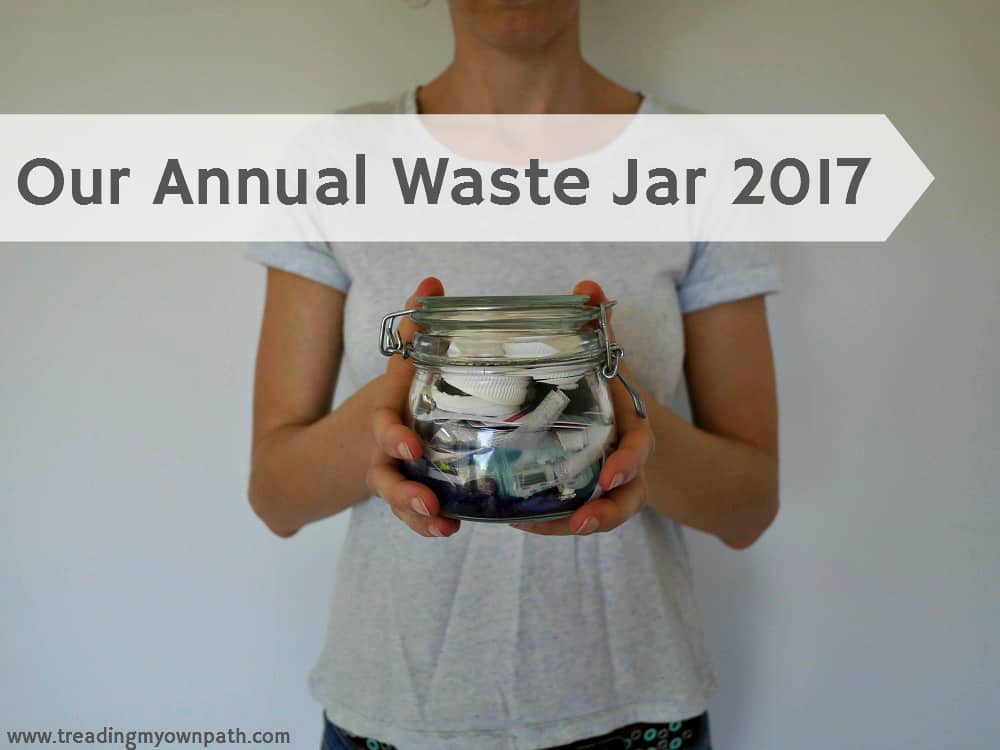My Zero Waste Kit (Zero Waste Handbag Essentials)
I truly believe that the zero waste lifestyle does not mean going out to buy a whole heap of stuff. Saying that, there are definitely things that I have bought, which make waste-free living a lot easier for me. I refer to these things as my zero waste “kit”.
Recently I received a lovely email from a lady called Rachel who follows my Instagram feed, and she asked me: “I’ve seen you mention “zero waste kit” a few times and was wondering what that was!” It dawned on me that I’ve never taken the time to explain what I have and why. So here it is: my list of handbag essentials for zero waste living.
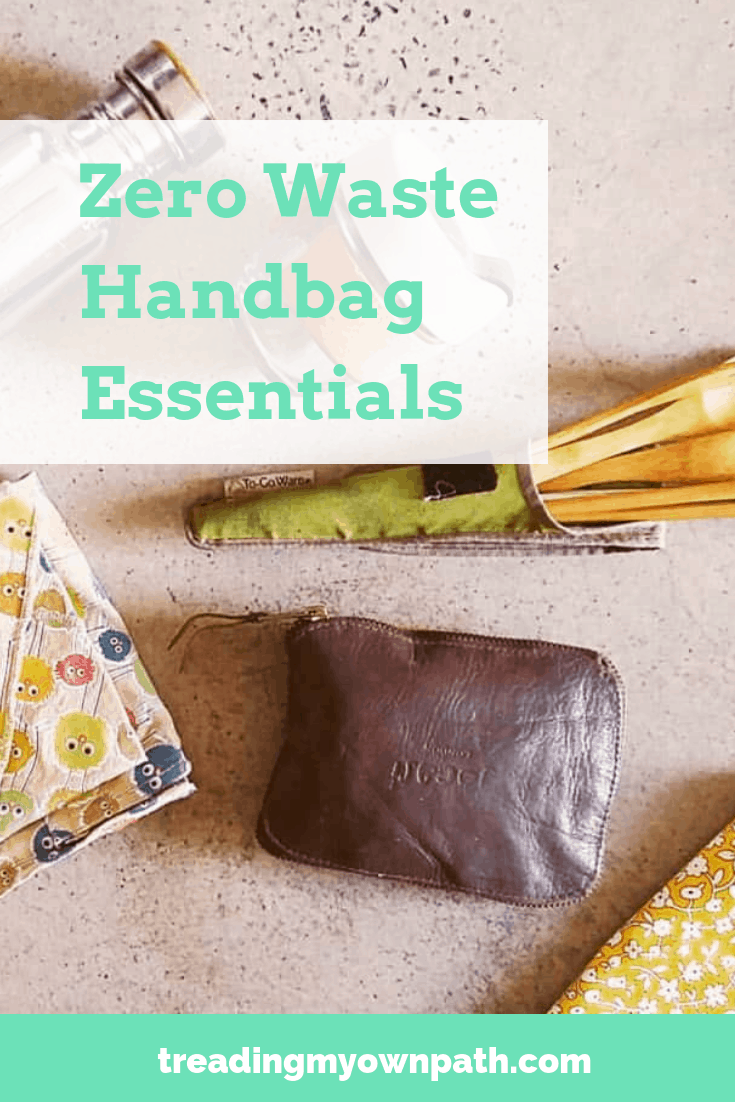
What is essential for me might not be essential for you, and this is definitely no command to go shopping! As always, I recommend using what you have. Whilst I’ve provided links so you can find out more details about the things I’ve personally chosen, please consider making do, buying second-hand and shopping local where you can.
What’s In My Zero Waste Handbag?
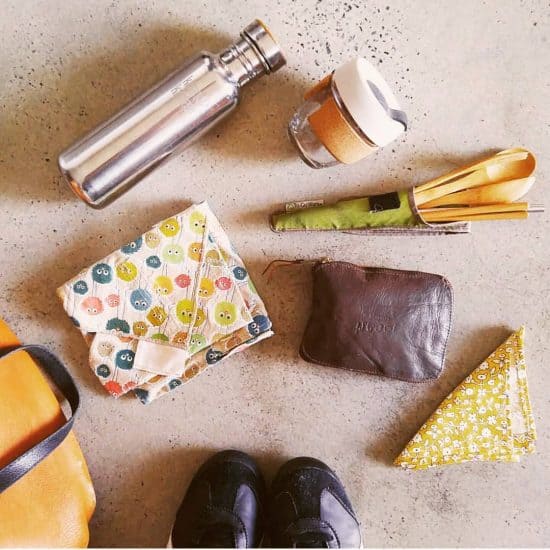
My handbag is by no means a hold-all! None of this stuff takes up that much room and the only heavy thing is my water bottle, when it’s full.
I’ve included links below of the actual things I have, so you can see specific product details, dimensions etc.
Water bottle: I have a Klean Kanteen stainless steel water bottle with a bamboo lid. It holds 800ml. I chose this because it is completely plastic free and I love that Klean Kanteen are committed to producing products with the environment in mind.
Sometimes I leave the water bottle at home to save weight and use my reusable cup instead.
Reusable Coffee Cup: When I started out, I had a plastic KeepCup, but once glass ones were introduced in 2014 I made the switch. I have a 8oz glass KeepCup with a cork band but bigger sizes are also available. The lid is plastic but I like that the rest of the cup is not, and that it is a standard barista size.
I often use this as an impromptu container, or to grab a glass of water from anywhere with a tap if I don’t have my water bottle with me.
Reusable Cutlery: I have a To-Go ware set that was a birthday present: it contains a bamboo fork, spoon, knife and chopsticks and the pouch is made from recycled water bottles. The cutlery is surprisingly sturdy and I have skinned and de-stoned a mango with the knife. It is also suitable to carry onto planes in hand luggage.
Reusable Straw: I have added a reusable metal straw to my reusable cutlery pouch (it needs to be 21.5cm or smaller to fit in the To-Go Ware pouch). I also have reusable glass straws that I love, but I tend to take them out with me less often. The ones I have are made by Glass Dharma and come with a lifetime breakage guarantee. There are other brands with different colours and patterns. Reusable bamboo straws are another option.
Glass straws sound fragile but the glass is toughened and it would be impossible to bite through it. Because the edges are smoothed I think they are a good option for kids.
Produce Bags: Almost all of the produce bags I have are handmade (not by me!), and I think Etsy is a great place to find local craftspeople if you can’t sew your own. My own bags (mostly gifts) are made from old fabric, cafe curtains and an old bedsheet of mine. I love sellers who repurpose old fabric rather than buying new, like these produce bags made from old tablecloths.
I also have a few Onya produce bags too which are handy as they fit in a little stuff sack. The company started down the road from here and the owner is passionate about reducing plastic-bag use.
Reusable Bag: We have a number of calico bags that we’ve picked up over the years and would recommend choosing natural fibres where possible. As well as these, we have a couple of Onya reusable shopping bags. Whilst they are plastic, they scrunch up into a tiny stuff sack when not in use, so they are handy for my husband (who does not carry a handbag!) or when we are travelling as they are pocked-sized.
Sandwich Wraps: These are coated fabric and can be used in place of containers. I have snack pockets and sandwich wraps made by 4MyEarth, a local Perth company. They used to make 2 sizes of each but now they just make 1 size of each. The fabric is coated to make it water- and grease-resistant: it is a plant-based plastic and they are PVC-free. I like that they are machine washable, and they have lasted me a really long time (I got them in 2012).
Metal lunchbox: I bought my husband this metal lunchbox to take to work every day, although we also use it if we are going out to a restaurant or cafe (you never know where there might be leftovers!). I’ve added to our collection since then: a three-tier tiffin and a four-tier tiffin, and a round stainless steel lunchbox for myself that I bought in Thailand.
Stainless steel is expensive – it is an investment piece that will last forever. If you have an Indian supermarket nearby it is worth checking out if they stock tiffins as the price will likely be kinder to your wallet. Sometimes, they pop up in charity shops too (although I’ve never been this lucky)!
Hanky: I keep a hanky on me at all times, which doubles as a serviette if I’m out. Department stores will likely sell them, but I prefer to keep things local and I’d look on Etsy if I needed more. Or, I’d just cut up some old clothes and make do with the ragged edges ;)
The links above are mostly for Australian stores. If you’re not in Australia, this page has a list of online zero waste and plastic-free stores which you might find useful.
Now I’d like to hear from you! What are your zero waste essentials? How did you choose your items? What eco-minded companies have you chosen to support? How have you been able to make do? Have you made any great second-hand purchases? Any recommendations for where others might be able to make do or find second-hand? Do you consider any of the items I’ve chosen a waste of time?! Anything else you’d like to add? Please leave your thoughts in the comments below!
[leadpages_leadbox leadbox_id=140b48fc6639c5] [/leadpages_leadbox]
Disclaimer: These items are all items that I genuinely use and love, and have purchased with my own money or were received as gifts from friends and family. No company has paid me to be featured on this list. This post contains some affiliate links which means if you click a link and choose to purchase a product, I may be compensated a small amount at no extra cost to you. This in no way affects my recommendations as my priority is always you, my readers.

